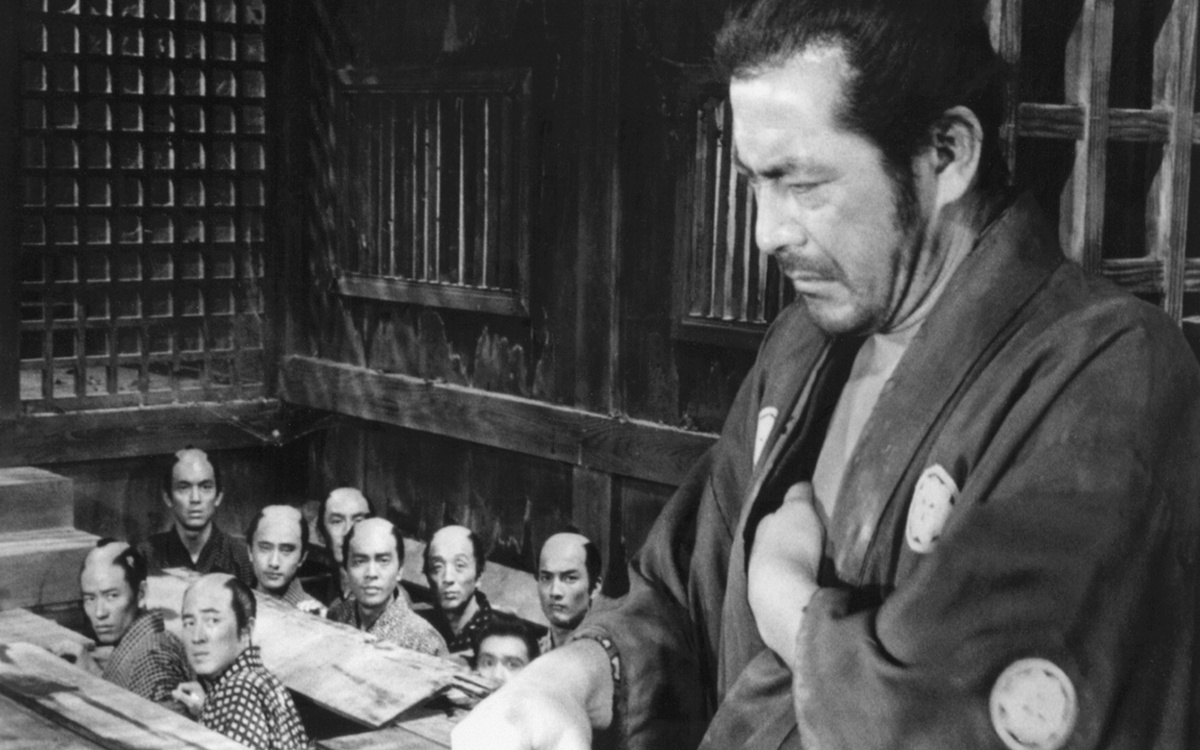Akira Kurosawa, the legendary filmmaker known for his timeless classics, often transcended genres and even unintentionally influenced entire film genres. In 1962, with “Sanjuro,” he stumbled upon the creation of what would become a hallmark of horror cinema—the blood geyser. This unexpected cinematic revelation has had a lasting impact on the genre, as evidenced in films like “A Nightmare on Elm Street” and Quentin Tarantino’s “Kill Bill.”
The Accidental Birth of the Blood Geyser
In “Sanjuro,” during the climactic battle, a prop blood-filled compressor hose broke mid-take, causing a geyser of blood to erupt, much like the iconic scene in “A Nightmare on Elm Street.” Kurosawa, recognizing the unintended brilliance, chose to keep the effect, indirectly shaping the future of the splatter genre.
Kurosawa’s cinematic genius extends far beyond a single genre. From samurai epics to Shakespearean adaptations and moralistic detective stories, his influence has reached filmmakers like Sergio Leone and George Lucas, who drew inspiration from his works.
Exploring the World of ‘Sanjuro’
“Sanjuro” serves as a sequel to the 1961 masterpiece “Yojimbo” and stars Toshiro Mifune as the titular rōnin, known as the samurai’s equivalent of John Wayne. In this film, Sanjuro aids a group of inept samurai in thwarting a coup orchestrated by their clan’s superintendent. While Sanjuro’s swordsmanship is unparalleled, it’s his cunning and manipulation that drive much of the film’s intrigue and humor.
Questioning Violence Through ‘Sanjuro’
Although “Sanjuro” offers its fair share of action, it also carries a message against senseless violence. Kurosawa highlights the flaws in the Bushido code, emphasizing the criminal misuse of virtues. The turning point for Sanjuro comes through a conversation with the chamberlain’s wife, where he realizes that true strength lies in avoiding unnecessary bloodshed.
A Legendary Climactic Duel
see more : Is ‘The Exorcist: The Version You’ve Never Seen’ the Version You Should Watch?
Kurosawa’s mastery of endings shines in the climactic duel of “Sanjuro.” The confrontation between Sanjuro and the antagonist, Hanbei, is a study in tension and discipline. The prolonged stare-down before the duel is reminiscent of the mental discipline seen in martial arts. When the swords finally clash, the accidental blood geyser adds a surreal intensity to the scene, making it one of cinema’s greatest sword fights.
A Film Beyond Its Time
“Sanjuro” not only offers exceptional action and accidental innovations but also a profound message. As Sanjuro regretfully dispatches his opponent, he scolds the awestruck samurai for admiring his ways, realizing he has become a bad example. The film serves as a powerful commentary on violence, making it not just one of Kurosawa’s greatest works but also one of the finest samurai movies ever created.
In the world of cinema, Akira Kurosawa’s “Sanjuro” stands as a testament to how a cinematic mistake can shape the course of an entire genre, all while delivering a thought-provoking narrative that continues to resonate with audiences worldwide.
Source: https://dominioncinemas.net
Category: MOVIE FEATURES












